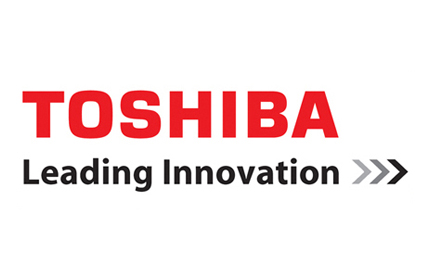Going Digital – The Basics
Businesses that have moved to electronic forms and filing systems have discovered it takes staff less time to find and process information.
A good example is the time difference it takes to find a bill on your computer versus a paper bill locked away in a lever arch type folder. Finding the bill on your computer can be as simple as hitting the search button and typing the company’s name – you don’t even have to get out of your seat.
Many companies are making the switch from paper to digital. Easy to use computer software, OCR scanners, solid online security, cheap storage and bigger bandwidth means you can reduce your paper usage and save money like never before. Here’s how:
- Create a business wide electronic filing system for fast, easy data retrieval.
- Scan any new paper documents on a daily basis and place them in PDF format in the electronic filing system. Optical Character Recognition (OCR) scanning software will enable you to search for words that were previously on the paper file.
- Scan files that are stored in your filing cabinets – this makes searching easier and more efficient.
- Convert your printed forms to electronic format. This will reduce the need for staff to convert handwritten text into electronic text, and you’ll save paper too.
- Receive faxes by email or into a computer instead of via paper-based fax machines.
- Store internal manuals, policies and other large documents electronically.
- Maximise use of your intranet. It’s a useful tool for disseminating information without having to print.
Establish An Electronic Billing Process
- Sending invoices via the post means that personnel have to be employed in the printing, packing and disseminating of those invoices. In turn, these bills then have to be posted at significant expense to the business. Automated electronic billing systems that email your invoices are a faster and more cost-effective solution.
- Some paperless financial departments will not accept inefficient paper-based bills, and will only process and pay your invoice if it’s sent as a searchable PDF.
- Once a company is set up as a supplier to your business, your email software can be configured so that all invoices from that business automatically go into a folder with their name on it – this way invoices can be found in seconds. It’s a far more cost effective and efficient alternative to the old fashioned approach of putting paper bills into lever arch type folders.
- Electronic billing will save you and your suppliers money, and makes doing business with you cheaper.
Electronic Payments
- Paying bills and wages with cheques is a timely and inefficient way to make payments. Save paper and boost efficiencies – pay your bills electronically. You can even set up your payments systems to make regular automatic payments.
Eliminate Unnecessary Forms
- How many documents are obsolete and no longer needed?
- If a form is still necessary, consider making it electronic. Accessing information in an electronic form is far cheaper and more efficient than accessing that information on a paper form.
Invest In Paper-Saving Technology…
- Pull printing – This refers to documents that only print when an identified user swipes a card or enters a PIN in the machine. This eliminates unclaimed print outs and enables monitoring of paper use.
- iPad and Android tablets that allow people quick and easy access to company documents.
- You can also get tablet PCs which allow you to handwrite your notes on screen.
- Larger monitors allow for easy on-screen reading and enables staff to view multiple documents simultaneously. This can help to boost productivity and efficiency.










